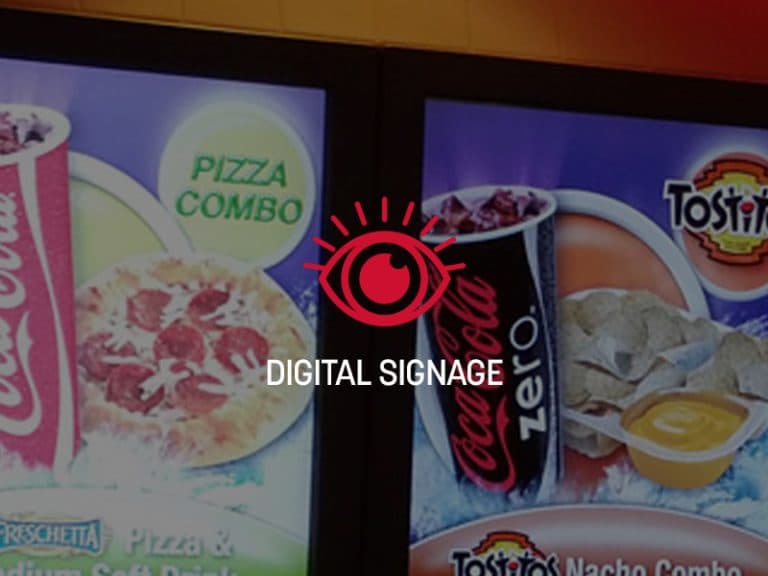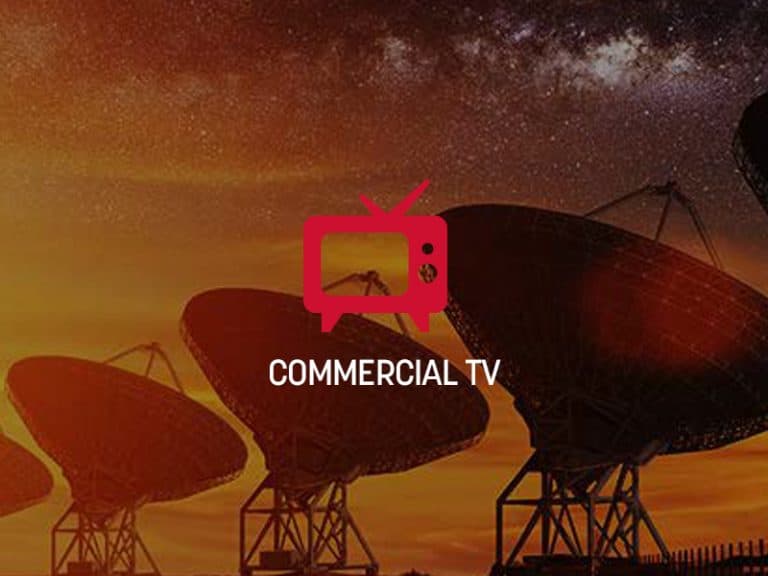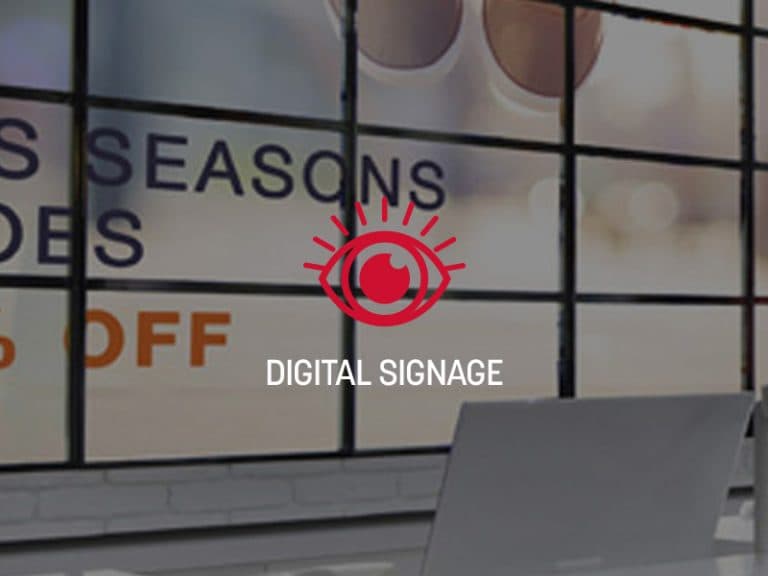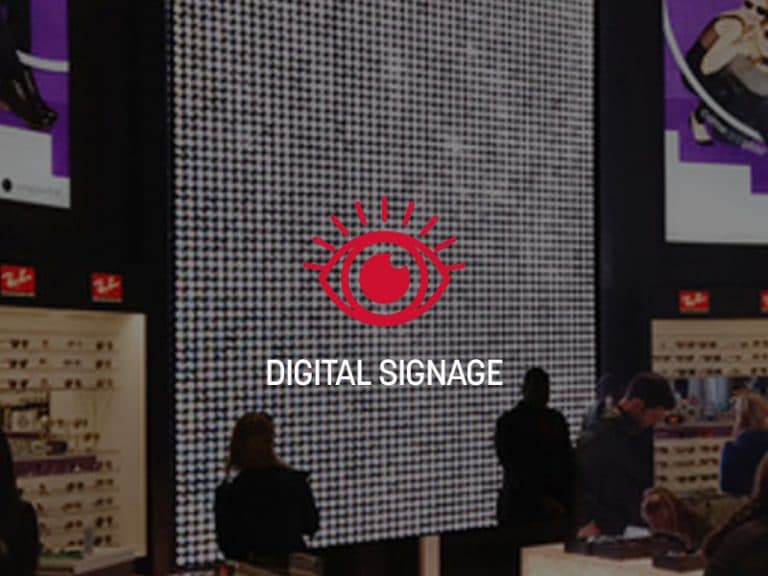MOOD:DIGITAL SIGNAGE
DEVELOPING YOUR DIGITAL SIGNAGE CONTENT STRATEGY
The need to create and deliver focused, relevant digital signage content to your clientele cannot be underestimated. In fact, your audience demands it – which means your brand image depends on it!
It’s easy to abandon strategy when faced with the attraction of new technology. But to use digital signage effectively, you need to approach it like any other marketing tool – with a digital signage content strategy designed to help you meet your goals.
A carefully planned strategy for your signage will help you set your business up for success. By lending a little time and attention upfront to the development of your digital signage content strategy, you’ll create a solid foundation which helps you deliver strong, engaging content, while saving time and budget on the backend.
IDENTIFY YOUR GOALS
To create a strong digital signage content strategy, you’ll first need to identify your goals and objectives. Maybe your goal is to entertain and relieve boredom for a clientele experiencing long waits. Or maybe you’re hoping to boost sales by offering promotional content. Whatever your goal may be, digital signage is an outstanding way to engage your customers. With digital signage, the possibilities are simply endless – so it’s best to have a clear idea of what you’d like to achieve before diving into this versatile platform headfirst.
UNDERSTAND YOUR AUDIENCE
After you’ve outlined your goals, you’ll need to get clear on the expectations and needs of your audience. Who is it that you are trying to reach? What do you know about them? It can be helpful to create an audience profile to gain a better understanding of the motivations and needs of your clientele. Doing so will help you gain the insight you need to tailor your messaging and communications to inspire maximum customer engagement.
BE FOCUSED
Your digital signage content strategy should also include a focus on the content itself. Consider the assets currently available – is your business sitting on imagery, product info, social media interaction, or promotional videos which could be used to create dynamic digital content? Can you piggyback off of current marketing efforts, or messages you’ve presented in previous campaigns which proved successful? It can also be helpful to leverage customer data to create more focused and personalized messages, but be careful not to overstep the comfort levels of your customer or clientele.
PAY ATTENTION TO TIMING
Content length, timing of messaging, and the frequency with which your content is updated are all points which should be carefully considered. For instance, a screen placed in a space with a two-minute wait should not display content with a ten minute segment. On the other hand, customers experiencing longer view times will quickly grow annoyed with content that repeats every two minutes.
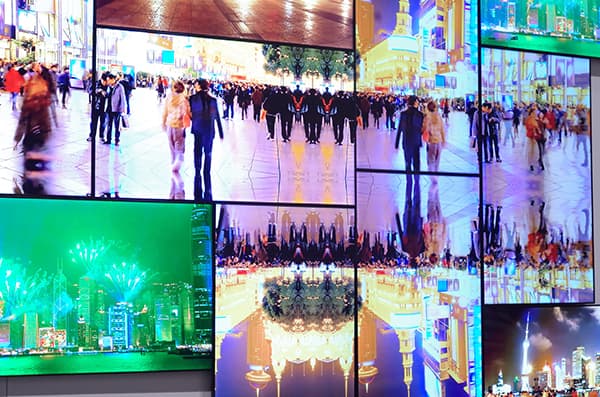
It’s also important to ensure that your messages are timed to display at the proper time of day. For example, a restaurant might feature tonight’s dinner specials after 5pm, but not during the breakfast hour. Remember that context-sensitive messages are the most likely to get noticed, so consider the format and presentation carefully, and keep it relevant to the customer experience.
MEASURE THE SUCCESS
Lastly, your digital signage content strategy should include a plan for measuring the impact of your communications. When you outline your methods for measurement in advance, it gives you the opportunity to demonstrate to key stakeholders the impact of your digital signage on future sales and customer satisfaction.
Remember, digital signage is one of the most versatile tools you can use to drive customer satisfaction and increase audience engagement – and when approached strategically, the impact can be incredible!
Still not sure where to start? Contact Mood Media today, and our experts will help you develop a digital signage content strategy designed to drive sales, increase brand awareness and engagement, and boost your bottom line.
Download this Article
Resource Articles



